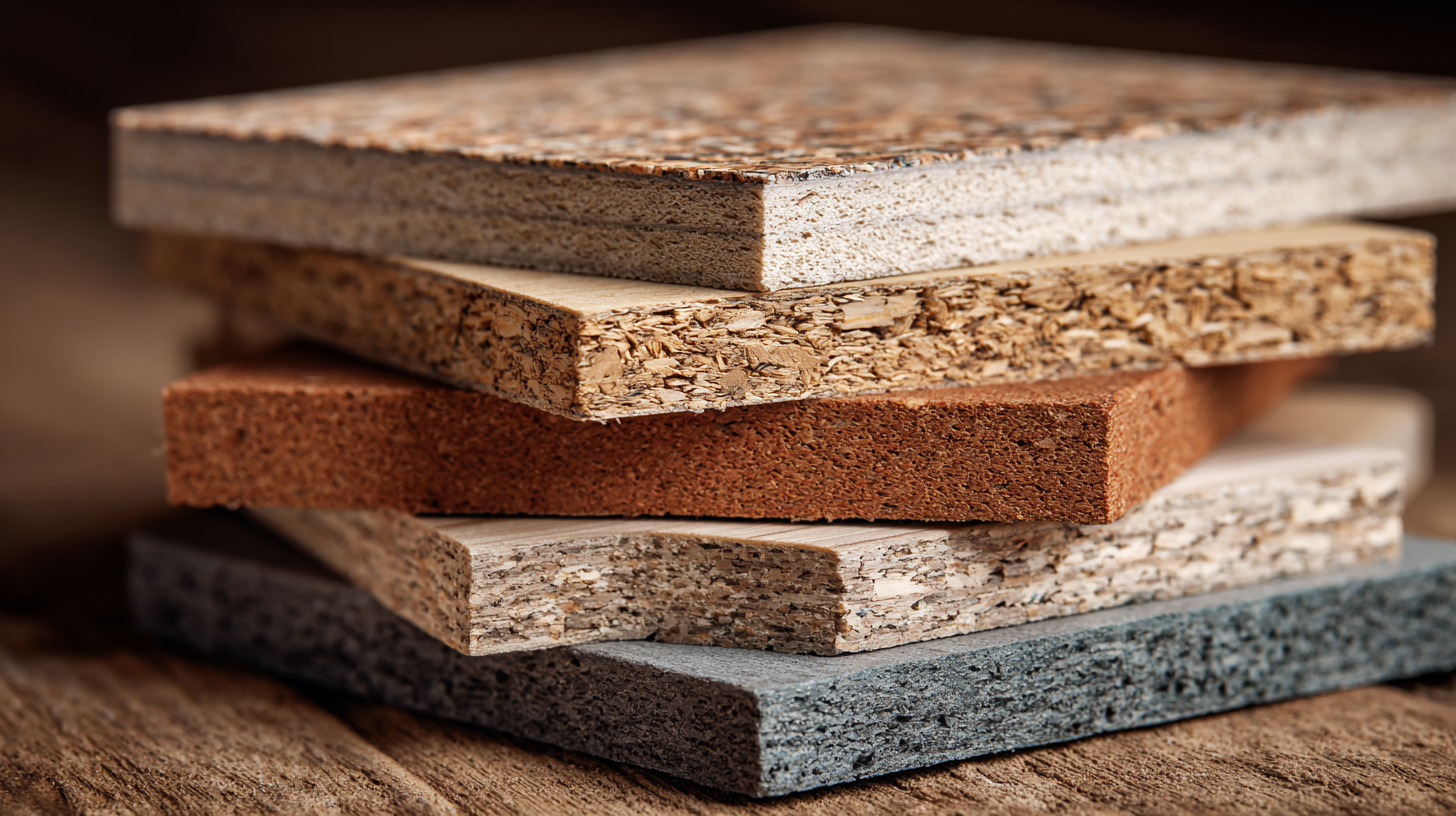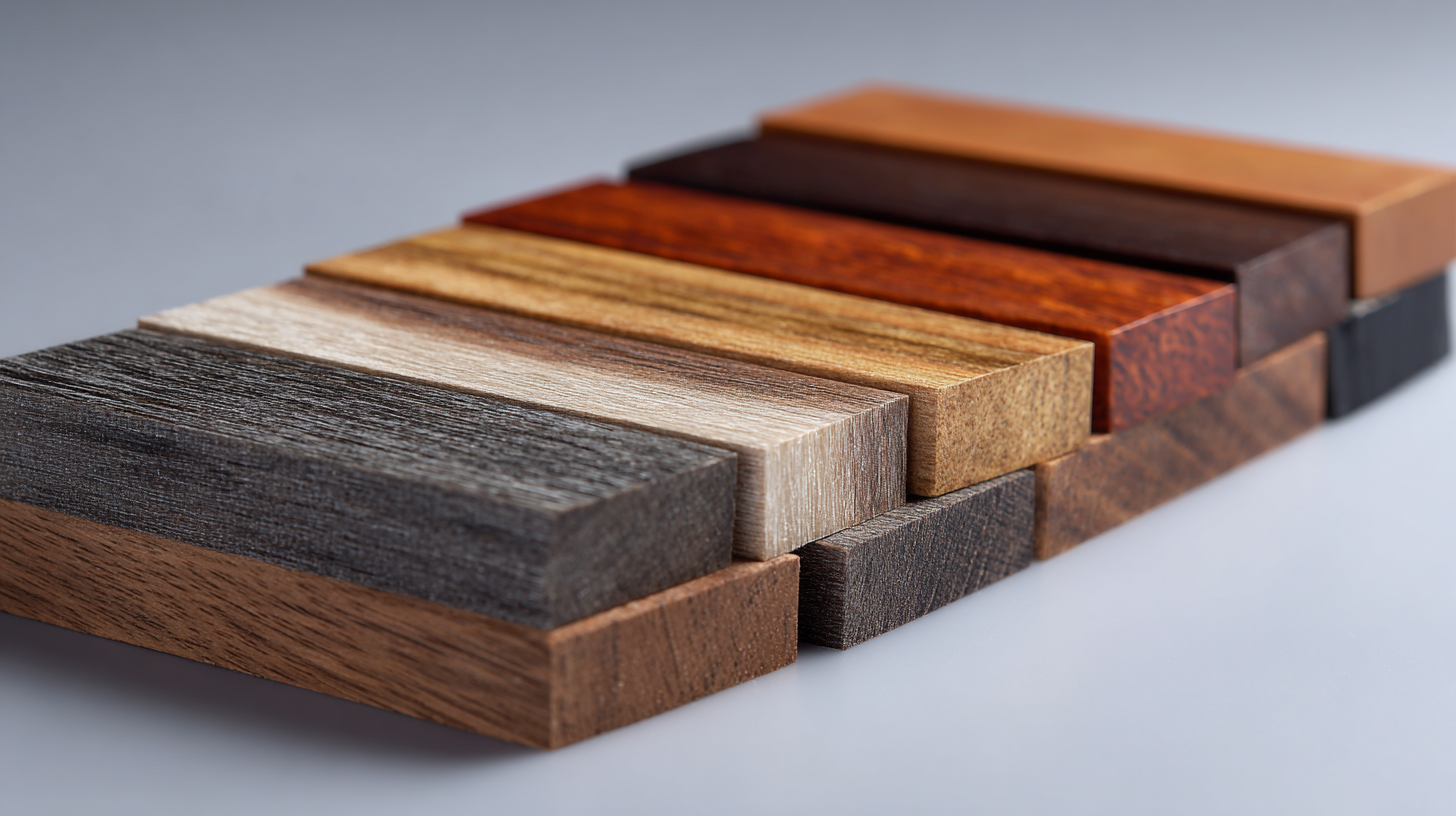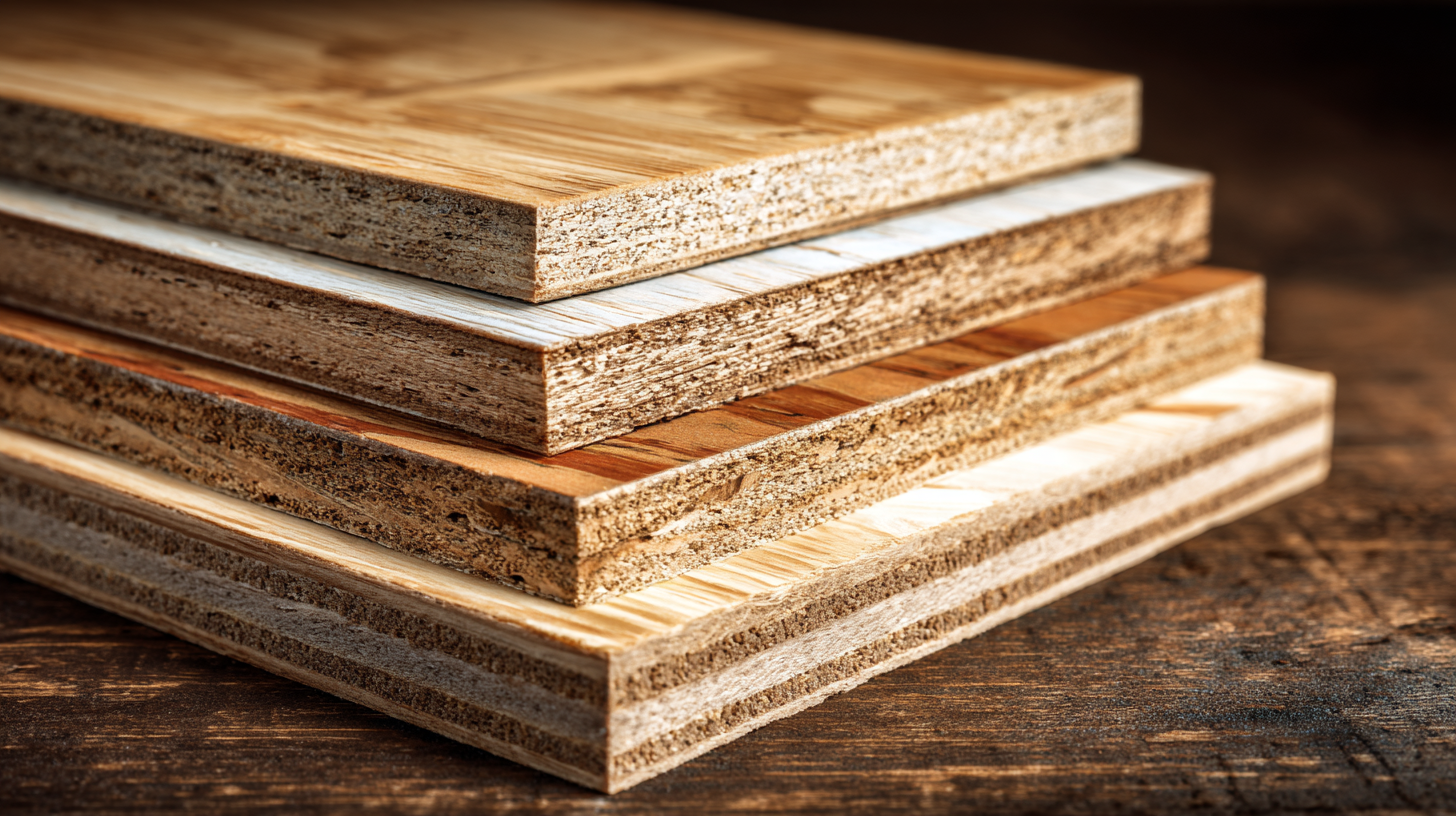In the evolving landscape of interior design and construction, wood panels continue to gain prominence as a versatile and eco-friendly material choice. According to a recent market analysis by Grand View Research, the global wood panel market is projected to reach USD 345 billion by 2025, driven by a surge in the demand for sustainable building materials and innovations in manufacturing technology. This ultimate guide will delve into the top-rated wood panels available, evaluating their textures, durability, and applications to help you make informed decisions for your next project. As architects and designers increasingly prioritize eco-conscious materials, understanding the differences among various wood panel types is essential for maximizing both aesthetic appeal and functionality in modern interiors.

When selecting wood panels for construction projects, several key factors significantly influence their quality and performance. One crucial aspect is the type of wood used. Hardwoods such as oak and maple offer exceptional durability and aesthetic appeal, making them ideal for high-traffic areas, while softwoods like pine are more suitable for lower-stress applications. According to a report by the Forest Products Laboratory, the hardness of wood is measured using the Janka hardness test, which quantifies resistance to denting and wear. This test underscores the importance of choosing the right wood type based on the intended application and expected use.

Another vital factor is the manufacturing process of the wood panels. Modern engineered wood products, such as plywood and MDF, often surpass traditional solid wood panels in terms of stability and resistance to warping. A study by the American Wood Council highlighted that engineered wood products can provide equal or superior load-bearing capacities at a lower cost, making them a favored choice in construction. Additionally, the moisture content and treatment of the wood panels play a significant role in reducing the risk of mold growth and decay, further enhancing their longevity and performance in various environmental conditions.
When embarking on a woodworking project, choosing the right type of wood panel can significantly impact both the aesthetics and functionality of the final product. Among the top contenders are plywood, MDF (Medium Density Fiberboard), and particle board, each with its unique characteristics. According to a report by Grand View Research, the global market for plywood is expected to reach $80 billion by 2025, driven by its strength-to-weight ratio and versatility in applications ranging from furniture to structural panels.

MDF stands out for its smooth surface and ease of machining, making it a favorite for cabinetry and intricate designs. Industry studies suggest that MDF has a superior finish capability, which is ideal for projects requiring painted surfaces. On the other hand, particle board is often seen as a cost-effective alternative, especially in lower-end furniture. However, it's crucial to note that it may not have the same durability or water resistance as plywood or MDF, as highlighted in the Wood Products Council report. Thus, when selecting the right material, understanding the specific needs of your project and the properties of each wood panel type is imperative.
When embarking on a woodworking project, understanding the sustainability of wood panels is crucial not only for the environment but also for the quality and ethics of your work. Wood panel production can sometimes have significant ecological impacts, but with the right certifications and standards, consumers can make informed choices. Certifications like Forest Stewardship Council (FSC) and Programme for the Endorsement of Forest Certification (PEFC) ensure that the wood used in your panels originates from responsibly managed forests. These labels provide assurance that the wood is harvested in ways that maintain biodiversity, support local communities, and contribute to the overall health of the forests.
In addition to these certifications, it's essential to consider the manufacturing processes behind wood panels. Look for products that utilize non-toxic glues and finishes, which further minimize environmental harm and improve indoor air quality. Standards like the California Air Resources Board (CARB) regulations for formaldehyde emissions are critical benchmarks for ensuring that wood panels are safe for use in homes and workplaces. By prioritizing sustainably produced wood panels with recognized certifications and standards, you not only support ethical forestry practices but also contribute to a more sustainable future for the woodworking industry.
This chart compares the sustainability scores of various wood panel production certifications and practices. Higher scores indicate better sustainability standards, with FSC-certified panels leading the way.
When embarking on a woodworking project, one of the crucial decisions to make is selecting the right wood panels that balance cost and performance. Understanding this cost-performance relationship can significantly impact the quality and durability of your end product.
Budget-friendly options, such as particleboard and plywood, are often preferred for their affordability. However, it's essential to assess their performance under various conditions. For instance, although plywood is relatively inexpensive, its multi-layer design provides enhanced resistance to warping and moisture, making it a strong contender for projects requiring durability.
On the other hand, solid wood panels, while generally more expensive, offer superior strength and aesthetic appeal. Choosing a type like oak or maple can elevate a project’s overall look but can strain tighter budgets. To evaluate which wood panels fit your financial constraints without compromising quality, consider the specific demands of your project. For instance, if you are building cabinetry that must withstand heavy use, investing in higher-grade materials may save you costs on repairs down the line. Thus, weighing these factors will ensure that you invest wisely, achieving the desired results while remaining within your budgetary limits.
As the woodworking industry evolves, technology significantly influences the quality and durability of wood panels. Recent innovations, such as advanced manufacturing techniques, have transformed how wood is processed and finished. A report by the American Wood Council indicates that modern engineered wood products, including cross-laminated timber and oriented strand board, not only meet but often exceed traditional lumber in strength and stability. These advancements are crucial for architects and builders looking for reliable materials in their projects.
Moreover, sustainability has become a prominent trend in wood panel production. A study published by the Forest Products Laboratory revealed that eco-friendly treatments and finishes can enhance the longevity of wood panels, reducing the need for replacements and minimizing waste. By integrating cutting-edge technology with sustainable practices, manufacturers are able to deliver products that boast improved resistance to moisture, pests, and wear, addressing both performance concerns and environmental impacts. As such, project planners are increasingly turning to these innovative wood panels to ensure their constructions are both durable and responsible.
